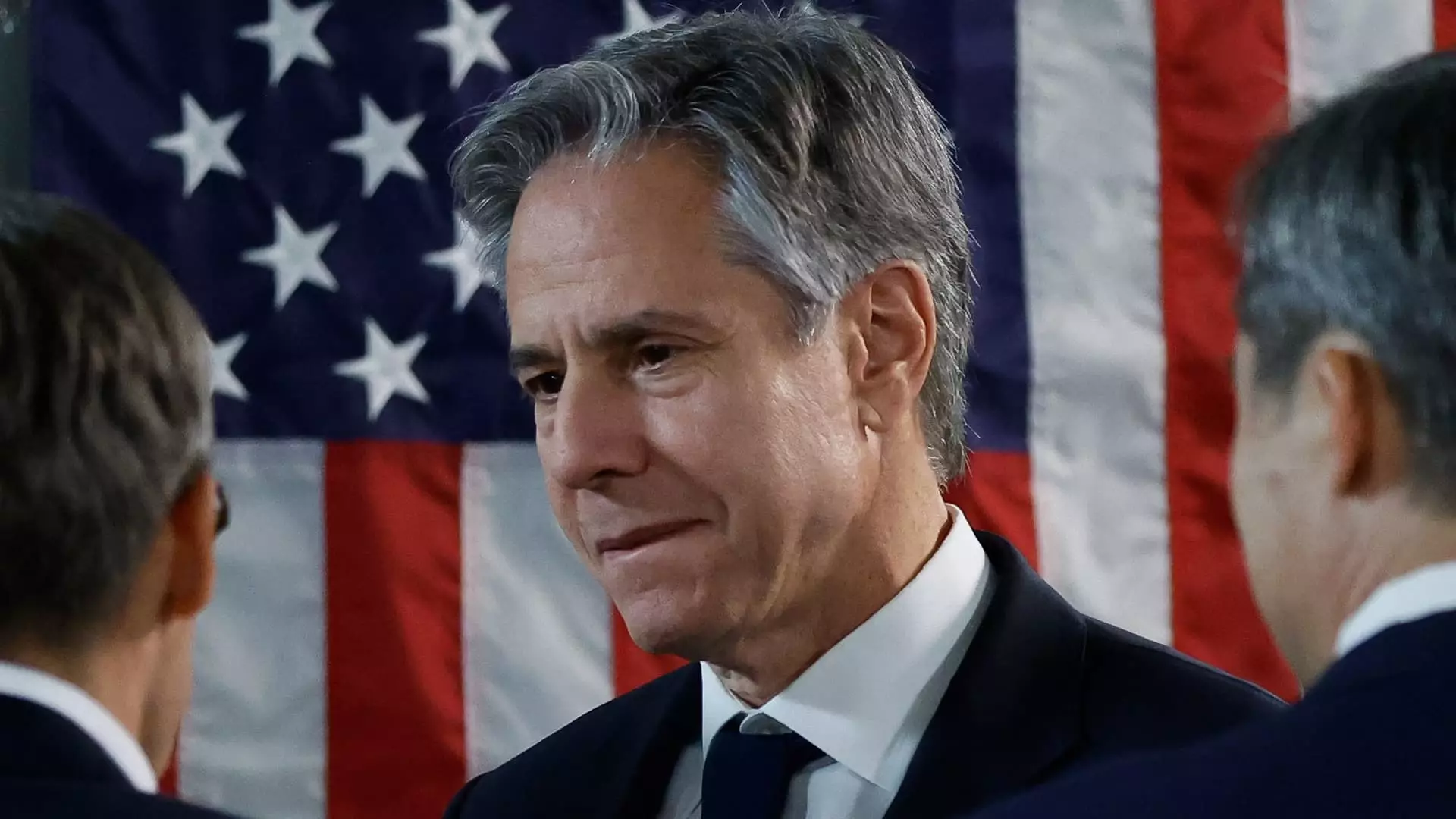On the international stage, the pursuit of peace often walks a tightrope between diplomatic negotiations and the harsh realities of armed conflict. This precarious balance is starkly illustrated by the ongoing conflict between Israel and Hamas, which has now entered its tenth month. Recently, U.S. Secretary of State Antony Blinken’s impending visit to Israel highlights a renewed American effort to broker a ceasefire. His visit underscores a significant diplomatic initiative with the potential to influence this long-standing crisis.
Blinken’s upcoming trip, marking his tenth visit since the discontent escalated in October of the previous year, signals the urgency of the U.S. stance on the matter. In the days leading up to his visit, the U.S., in conjunction with mediators from Qatar and Egypt, proposed bridging solutions aimed at reconciling the differences between the combatants. Officials have articulated a cautious optimism about the ongoing negotiations, noting that key gaps appear to be closing. A source from the Biden administration recently expressed a belief that the conditions are now set for substantial progress.
While optimism permeates the discourse of U.S. officials, it is coupled with a realistic acknowledgment of the hurdles that remain in reaching a comprehensive agreement. The intricate web of regional dynamics, influenced significantly by external players like Iran, casts a shadow over the peace process. Iran’s potential retaliation following the assassination of a prominent Hamas leader adds a layer of volatility, serving as a reminder of the precariousness of peace in a region fraught with historical grievances and geopolitical rivalries.
The collective voice of the international community is also amplifying calls for restraint. Key European nations—the United Kingdom, France, Germany, and Italy—united in a joint statement supporting the current ceasefire discussions. Their plea for all parties to avoid escalatory actions underscores a shared understanding of the consequences that could ensue from any miscalculations in this already tense environment.
The geopolitical landscape surrounding the Israel-Hamas conflict is complex. The involvement of multiple nations and organizations reflects a broader concern for regional stability. The looming threat of an escalation into a larger conflict, should Iran act on its threats, has raised alarm bells within the U.S. and among its allies, signaling that the stakes extend far beyond the immediate conflict.
Despite the diplomatic push, the war’s devastation continues unabated on the ground. Reports of civilian casualties—including the loss of lives in Gaza due to recent Israeli strikes—paint a harrowing picture of the conflict’s brutality. The health authorities in Palestine report a staggering death toll that underscores the dire humanitarian situation. As Israel carries out its military campaign in response to the initial Hamas attacks on October 7, the ratio of casualties starkly reveals a disconcerting reality: the overwhelming majority of those affected are civilians, further complicating narratives of justification and resistance.
Interestingly, Israel’s officials have expressed what they describe as “cautious optimism” regarding the potential for a deal to be reached, suggesting a willingness to explore pathways to peace. However, conflicting statements from Hamas representatives indicate that the negotiations are marred by mutual distrust and accusations of obstruction. As such, the path forward appears fraught with challenges.
As Secretary Blinken prepares for yet another diplomatic push, one must ponder the broader implications of his mission. Will the efforts culminate in a sustainable ceasefire or merely serve as a temporary reprieve? The complexity of the Israel-Hamas conflict requires a discerning examination of the underlying issues, including territorial contention, refugee crises, and deeply rooted animosities.
Although Blinken’s visit heralds a renewed attempt to find common ground, the grim realities on the ground highlight the urgent need for a genuine commitment to peace from all involved. The call for calm and restraint, echoed by both global leaders and regional players, must resonate not only in the halls of diplomacy but also among the people most affected by this enduring conflict. As history shows, peace is often elusive, but the collective yearning for a more harmonious future remains a powerful motivator for change.


Leave a Reply